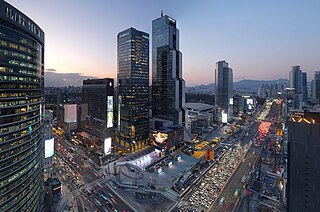
Gangnam District is one of the 25 districts of Seoul, South Korea. The term Gangnam translates to "South of the [Han] River". Gangnam District is the third largest district in Seoul, with an area of 39.5 km2 (15.3 sq mi). As of the 2024 census, Gangnam District had a population of 556,570. There is a high concentration of wealth in the district, with prices for an apartment as of 2024 more than double those in the rest of Seoul. Gangnam District is part of Gangnam School District Eight, along with the Seocho District. This district shares half of Gangnam-daero Gangnam Station area with Seocho District, which is one of the most crowded places in South Korea.

Songpa District is a district of Seoul, South Korea. Previously known as Wiryeseong, the first capital of the ancient kingdom of Baekje, Songpa is located in the southeastern part of Seoul. With roughly 647,000 residents, Songpa is also the largest district in Seoul by population.

Sincheon-dong or Sincheon is a neighbourhood (dong) in Songpa-gu, Seoul served by Jamsillaru Station on Seoul Subway Line 2. The name means "new stream" and is a name for several other places in South and North Korea.

Jungnang District (Jungnang-gu) is one of the 25 gu, or districts, of Seoul, South Korea. It is located on the north side of the Han River.

Dogok-dong is an affluent ward of Gangnam District, Seoul, South Korea. It is home to high-end residential homes including the Samsung Tower Palace, a luxury residential complex which contains the eleventh-tallest building in South Korea.

Jamsil-dong is a neighbourhood, dong, of Songpa-gu, Seoul, South Korea. Its name is derived from silkworm breeding during the Joseon dynasty. Jamsil translates to a room or place for sericulture. The state encouraged people to raise silkworms, so founded Dongjamsil in the east vicinity of Seoul.
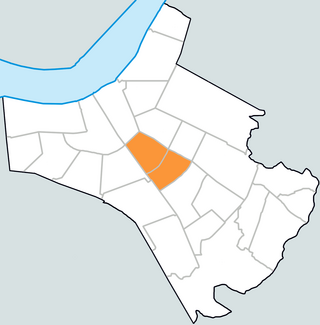
Songpa-dong is a neighbourhood, dong of Songpa-gu, Seoul, South Korea. There are three assumptions on the etymology of the name. One is that it may come from "Songpa Naruteo"
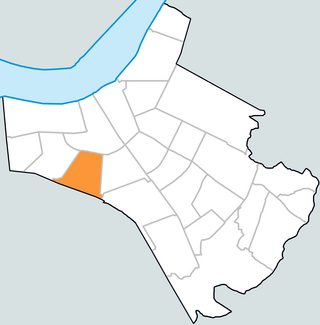
Samjeon-dong is a neighbourhood, dong of Songpa-gu, Seoul, South Korea. The name originated from the fact that it once had only three fields.

Jangji-dong is a neighbourhood, dong of Songpa-gu, Seoul, South Korea. The old name of the dong was janbeodeuri (잔버드리), derived from jan beodeul where the species grew a lot.
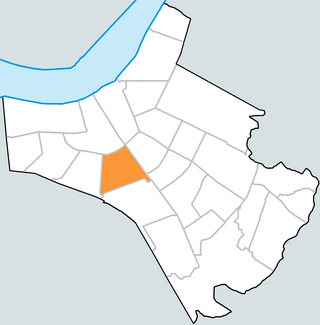
Seokchon-dong is a neighbourhood, dong of Songpa-gu, Seoul, South Korea. The current dong name literally means "stone village" in hanja named for the old name, dolmari (돌마리), because the region is to said to have much stone.

Garak-dong is a dong (neighborhood) of Songpa District, Seoul, South Korea. The exact etymology is unknown but said that the town was once called garakgol (가락골).

Macheon-dong is in the dong neighbourhood of Songpa-gu, Seoul, South Korea.

Munjeong is a neighbourhood (dong) of Songpa-gu, Seoul, South Korea.
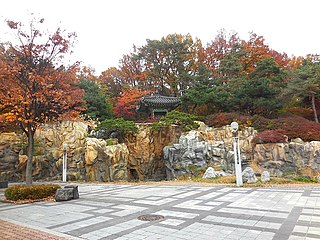
Ogeum-dong is a neighbourhood, dong of Songpa-gu, Seoul, South Korea.

Bangi-dong (Korean: 방이동) is a neighborhood, dong of Songpa District, Seoul, South Korea.

Pungnap-dong is a neighbourhood, dong of Songpa-gu, Seoul, South Korea.

Oryun-dong is a neighbourhood, dong of Songpa-gu, Seoul, South Korea.

Banpo-dong is a dong, neighborhood of Seocho District, the greater Gangnam area in Seoul, South Korea. Banpo-dong is divided into five different dong which are Banpobon-dong, Banpo 1-dong, 2-dong, 3-dong and 4-dong.

Huam-dong is a dong (neighborhood) of Yongsan District, Seoul, South Korea.

Hangangno-dong is a dong (neighborhood) of Yongsan District, Seoul, South Korea.





















